Dragonflies Of Bishan Park
Singapore is located in the middle of a geographical region that’s rich in dragonflies. Through a two-year survey from 2008-2010, NParks conducted an intensive survey of dragonflies in several parks all over Singapore, and found some parks to be exceptionally rich in dragonfly diversity.
One of these is Bishan Park. Bishan Park contains three ponds, which harbour up to 33 species of dragonflies – almost a quarter of the 124 known species recorded from Singapore. In fact, most of the common Singapore dragonflies can be found in this park, especially in the lotus plant pond near Upper Thomson Road.
|
Dragonflies of Our Parks and Gardens
Pick up a copy today at the Singapore Botanic Gardens’ retail shops: The Garden Shop and the Library Shop. Take part in our contest to win a copy! |
On good sunny mornings, the healthy dragonfly population at this pond can put up a dazzling show of flying displays, as males chase each other to compete for territory and females. Some of the more prominent species found there are the red coloured dragonflies, mainly the Common Redbolt (Rhodothemis rufa) and Scarlet Basker (Urothemis signata), and the Common Scarlet (Crocothemis servilia) in smaller quantities. You will also see dashes of blue and yellow among the flying reds: the Blue Dasher (Brachydiplax chalybea) and Yellow-Barred Flutterer (Rhyothemis phyllis). The colours and vibrancy of these and other dragonfly species stand out beautifully again the green landscape of the lotus plants.
The pond also serves as a refuge for rare and uncommon species. Two such damselfly species are known to exist there. One is the uncommon blue Look-alike Sprite (Pseudagrion australasiae), which survives excellently at the pond. (Its main stronghold in Singapore is nearby, at Macritchie Reservoir.) The other rare damselfly is the alluring reddish Fiery Coraltail (Ceriagrion chaoi), which is only found in very few locations in Singapore. The existence of rare uncommon species here is proof that urban parks play a vital role in Singapore’s dragonfly conservation.
Factors such as water quality, types and variety of water plants, and surrounding environments can determine the type of dragonfly community in any given pond. These are findings from NParks’ study which will be useful for creating, restoring or enhancing dragonfly-friendly wetlands.
At the time of writing, Bishan Park is undergoing major redevelopment, where a naturalised meandering river will be constructed from the former Kallang Canal. This new riverine habitat will be a potential habitat and refuge for stream-loving species, dragonflies as well as other animals. With dragonfly conservation thriving in the heartlands, Singapore may one day even have thriving dragonfly communities in every neighbourhood park!
Interesting Facts:
- Damselflies and dragonflies are closely related, and are from the same scientific taxonomic order (Odonata). Both insect groups can be referred to collectively as ‘dragonflies’.
- The Look-alike Sprite is so named because it looks very similar to another species, the Blue Sprite (Pseudagrion microcephalum), which exists in great numbers at Bishan Park.
- Dragonfly species can be differentiated by colour, size and behaviour. You will be able to recognise them with practice. Smaller dragonflies need to be examined closely under a hand lens or microscope, and can only be recognised by minute details in their anal appendages. Dragonfly scientists discover and describe new species this way.
- Even though dragonflies are well-studied, new species are being discovered regularly, especially in the remaining forests of Southeast Asia. Singapore is right smack in the middle of a dragonfly-rich region in the world.
By Robin Ngiam
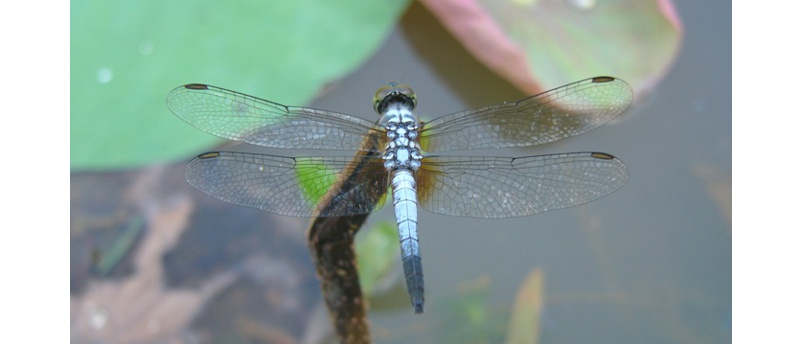
Blue Dasher (Brachydiplax chalybea)
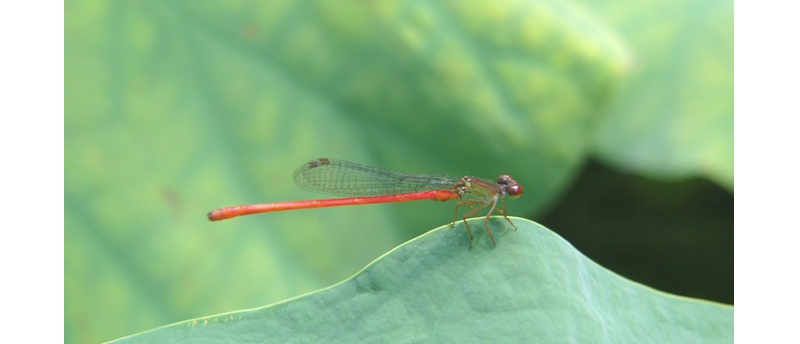
Fiery Coraltail (Ceriagrion chaoi)
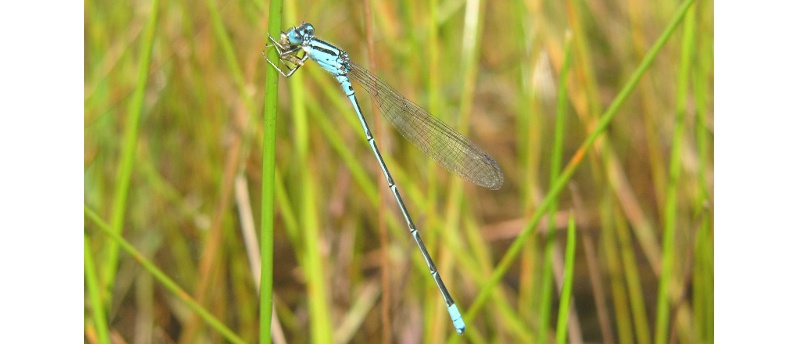
Look-alike Sprite (Pseudagrion australasiae)
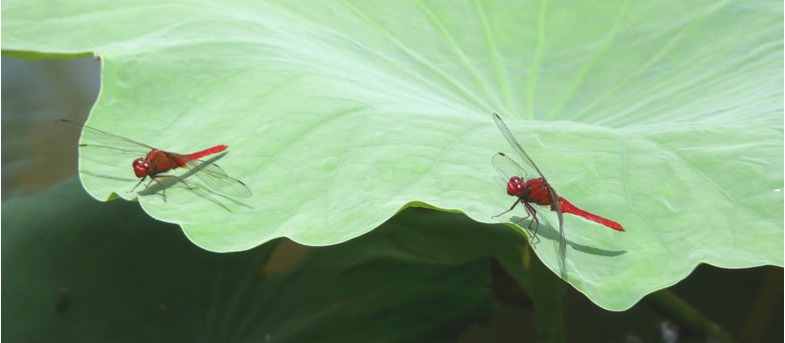
Common Redbolt (Rhodothemis rufa)
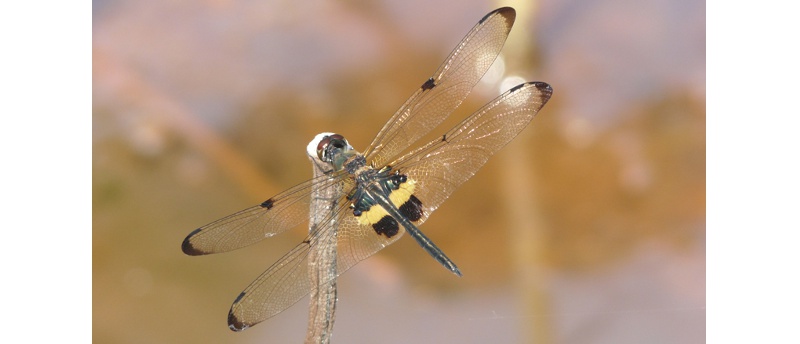
Yellow-Barred Flutterer (Rhyothemis phyllis)
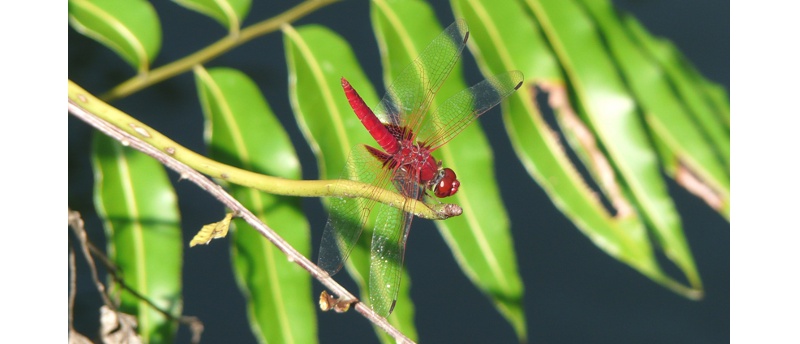
Scarlet Basker (Urothemis signata)
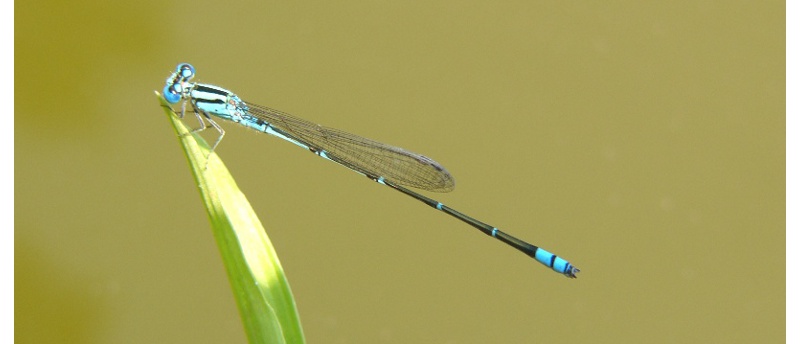
Blue Sprite (Pseudagrion microcephalum)
Have views or comments on this article? Let us know via this form. If you would like to give us feedback on any other areas relating to our parks and gardens, please submit via https://www.nparks.gov.sg/feedback


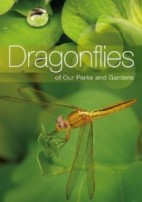
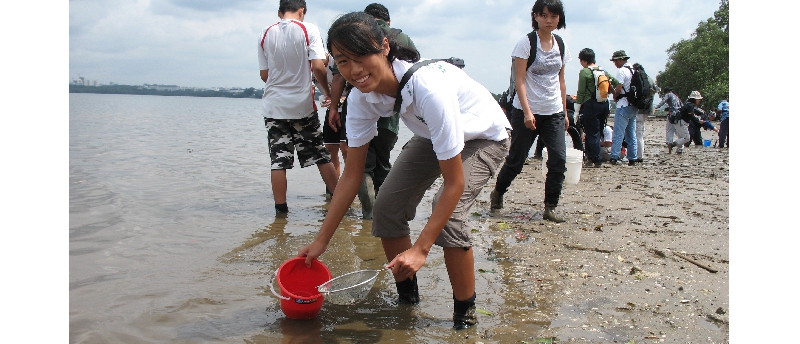
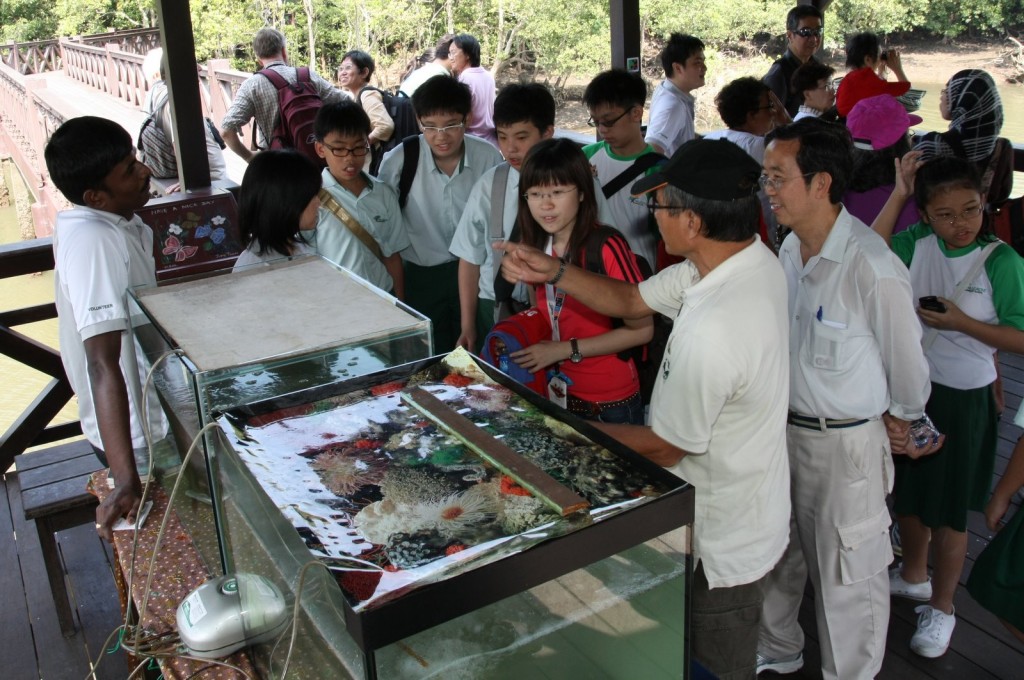

Li-San 7/9/2013 10:25:11 AM